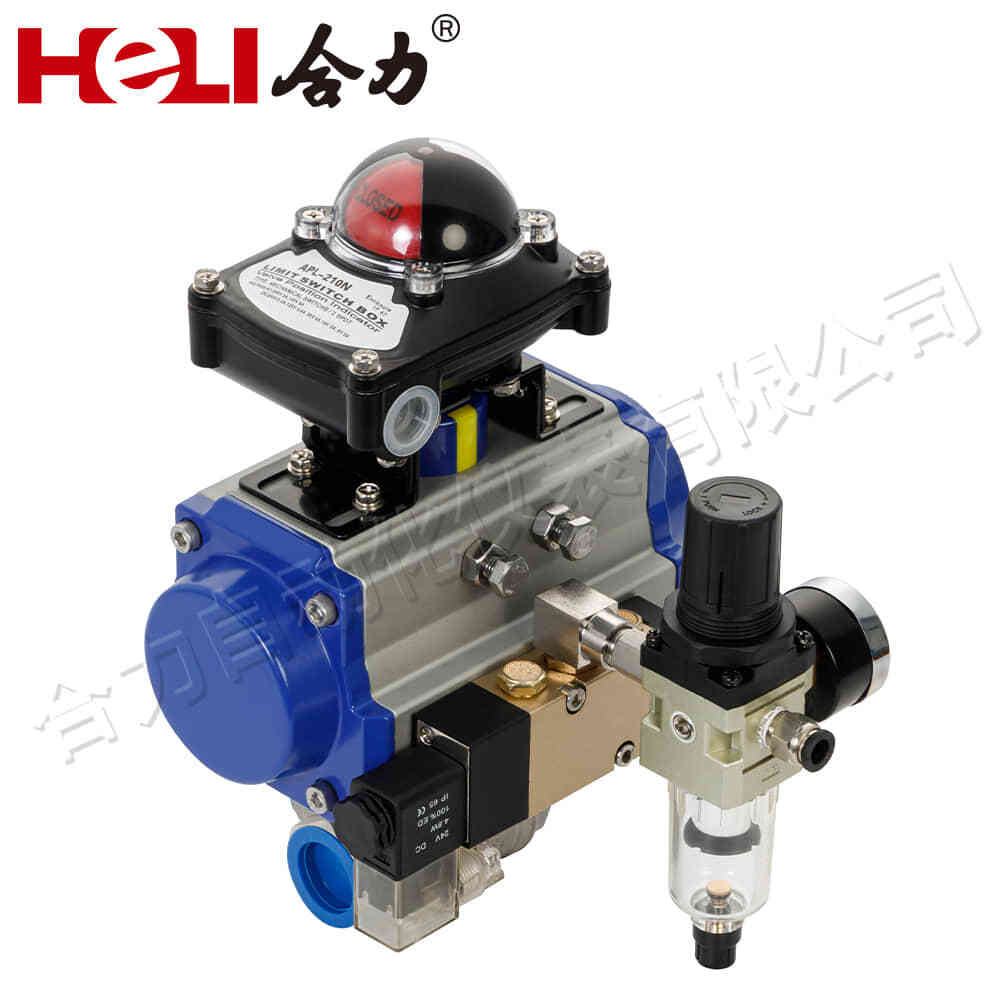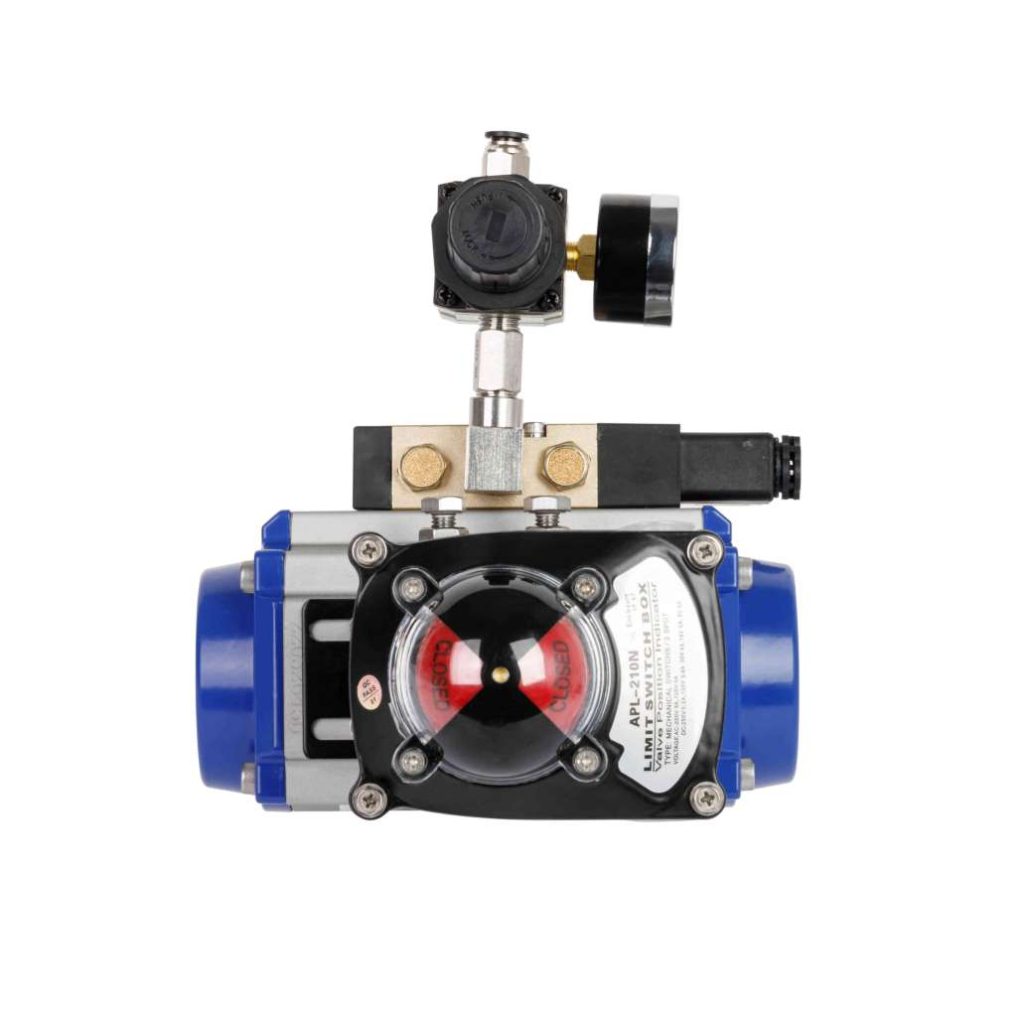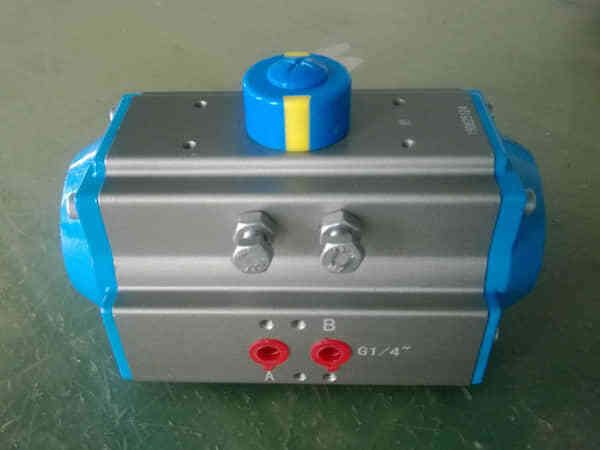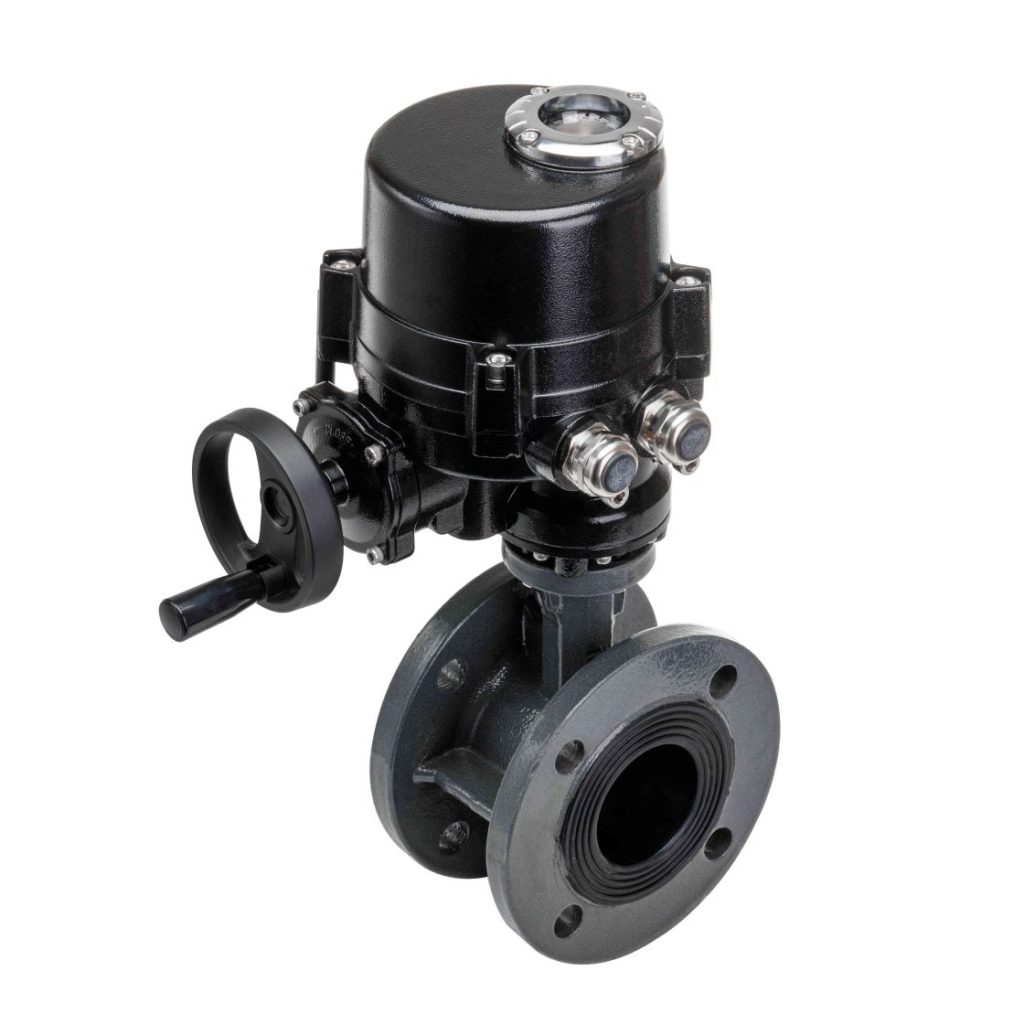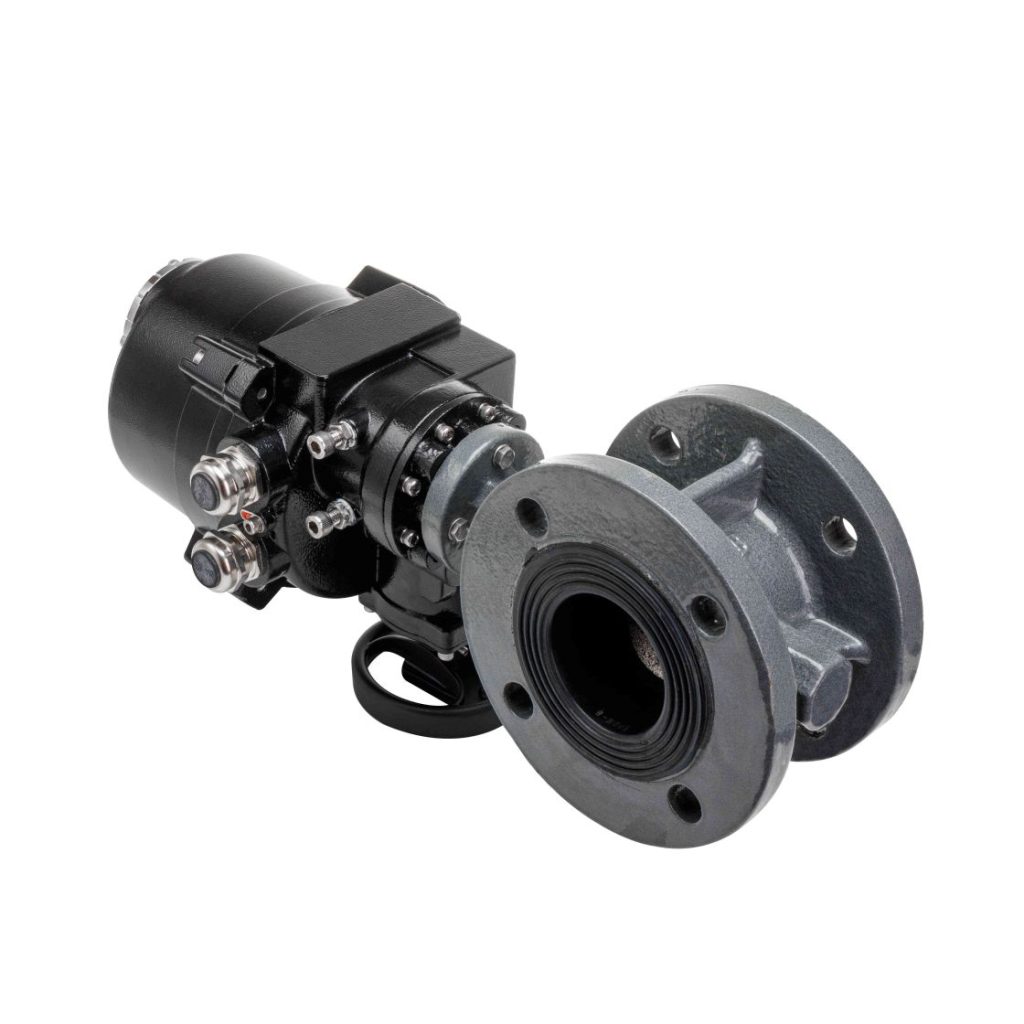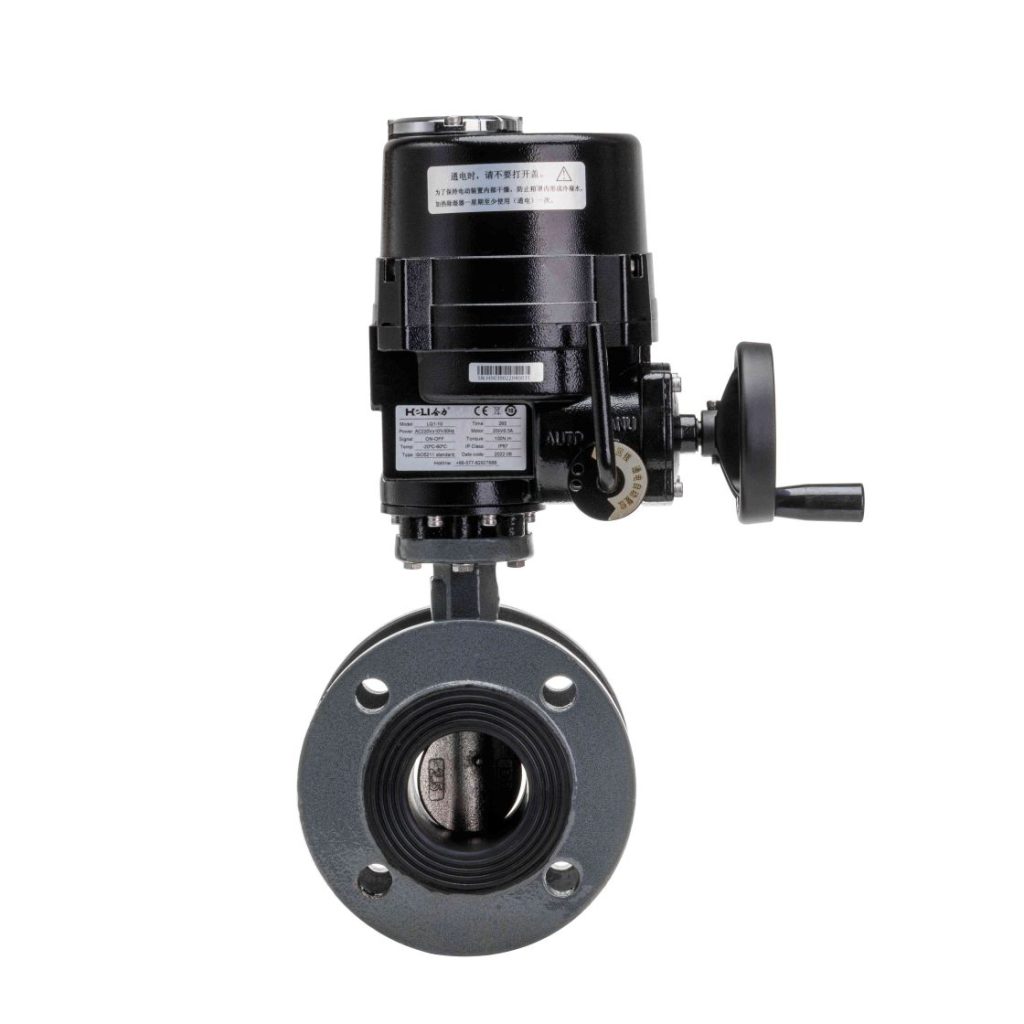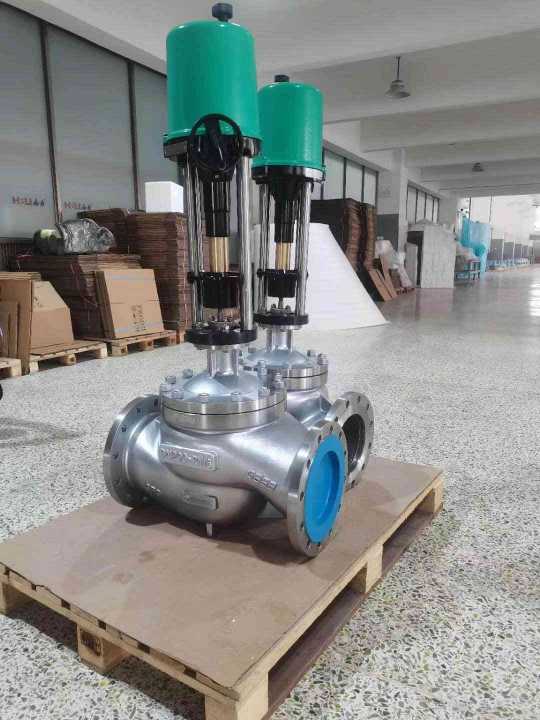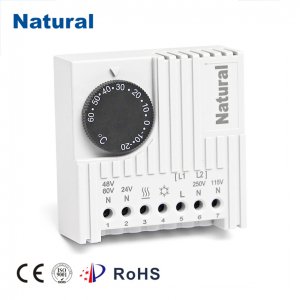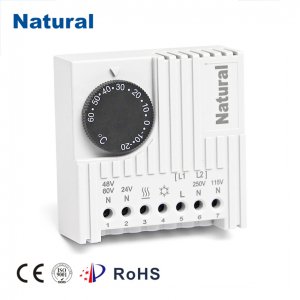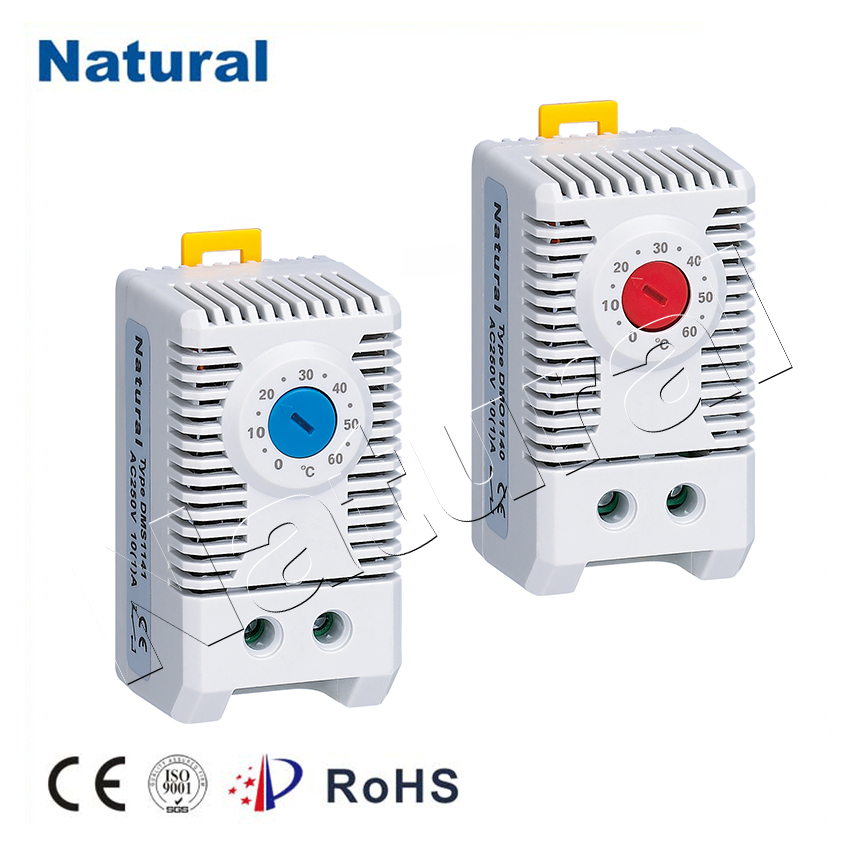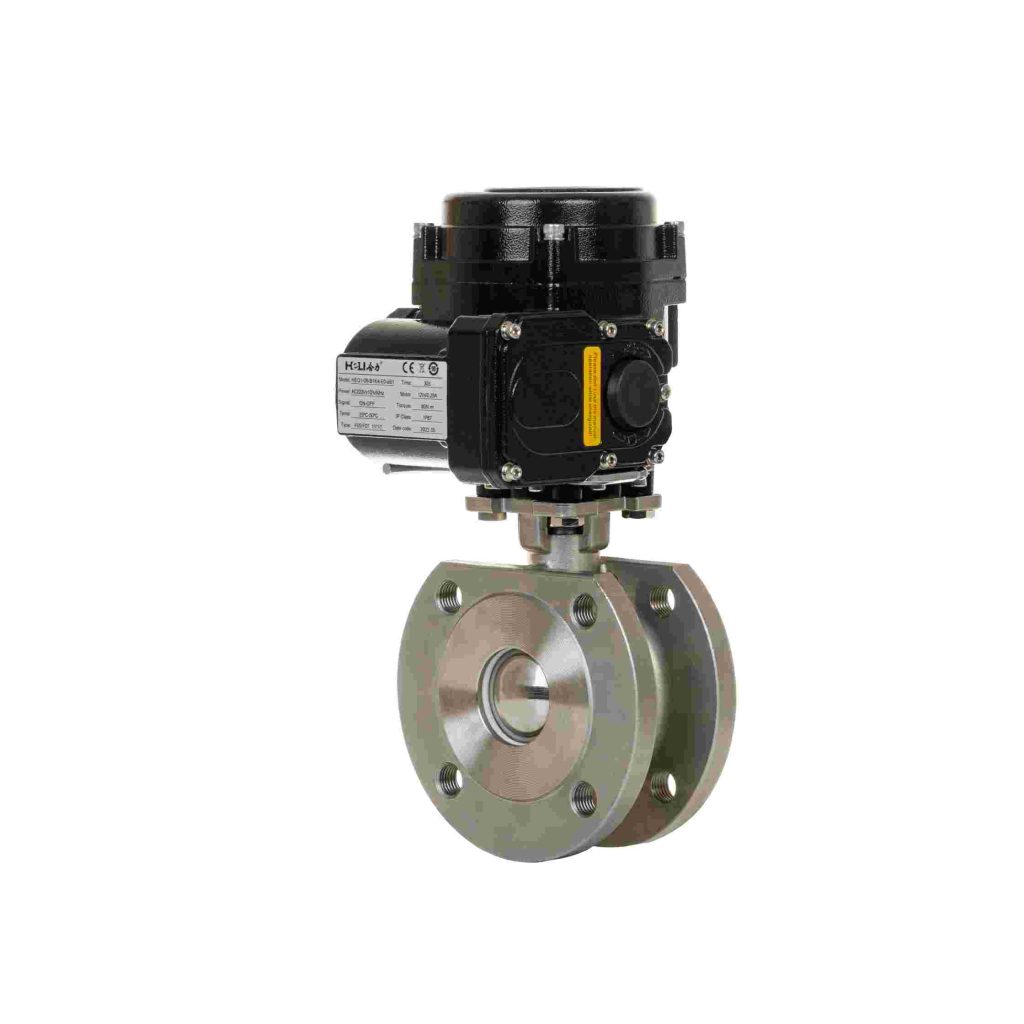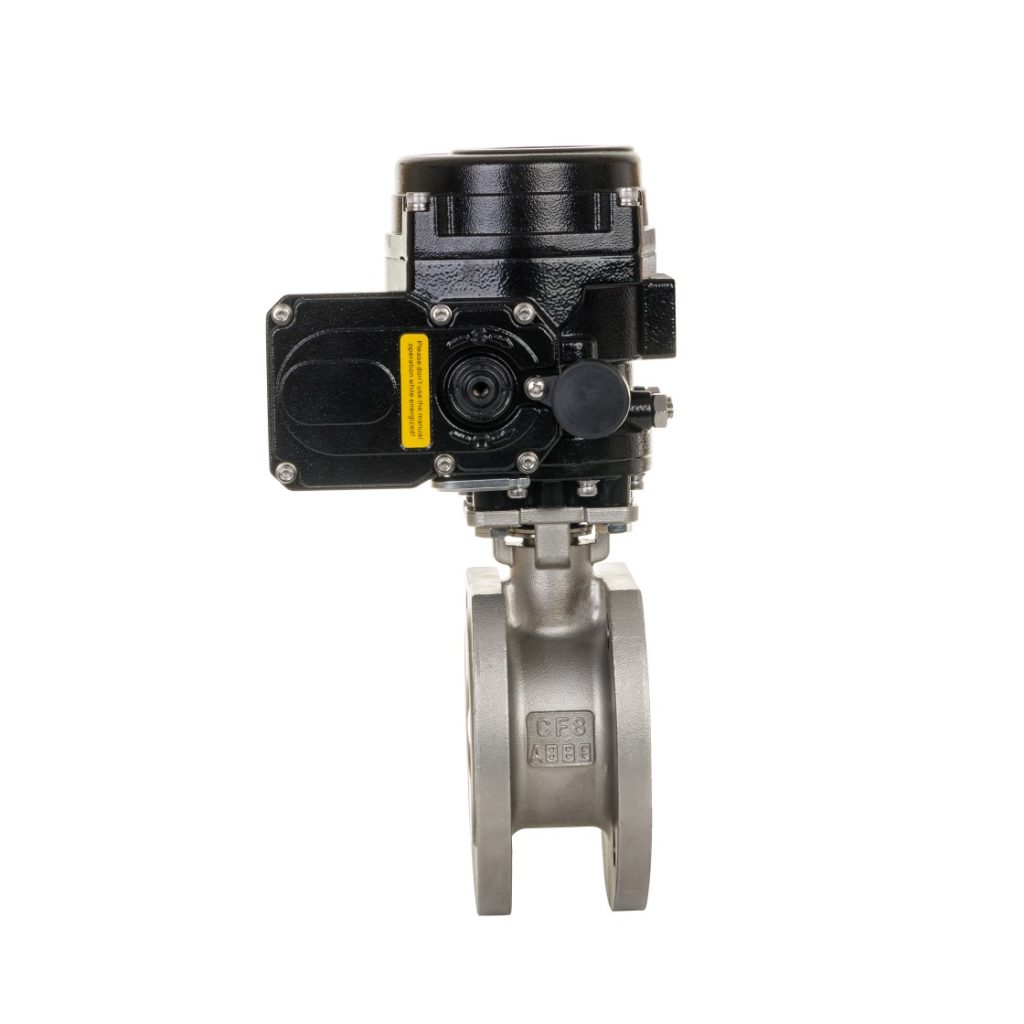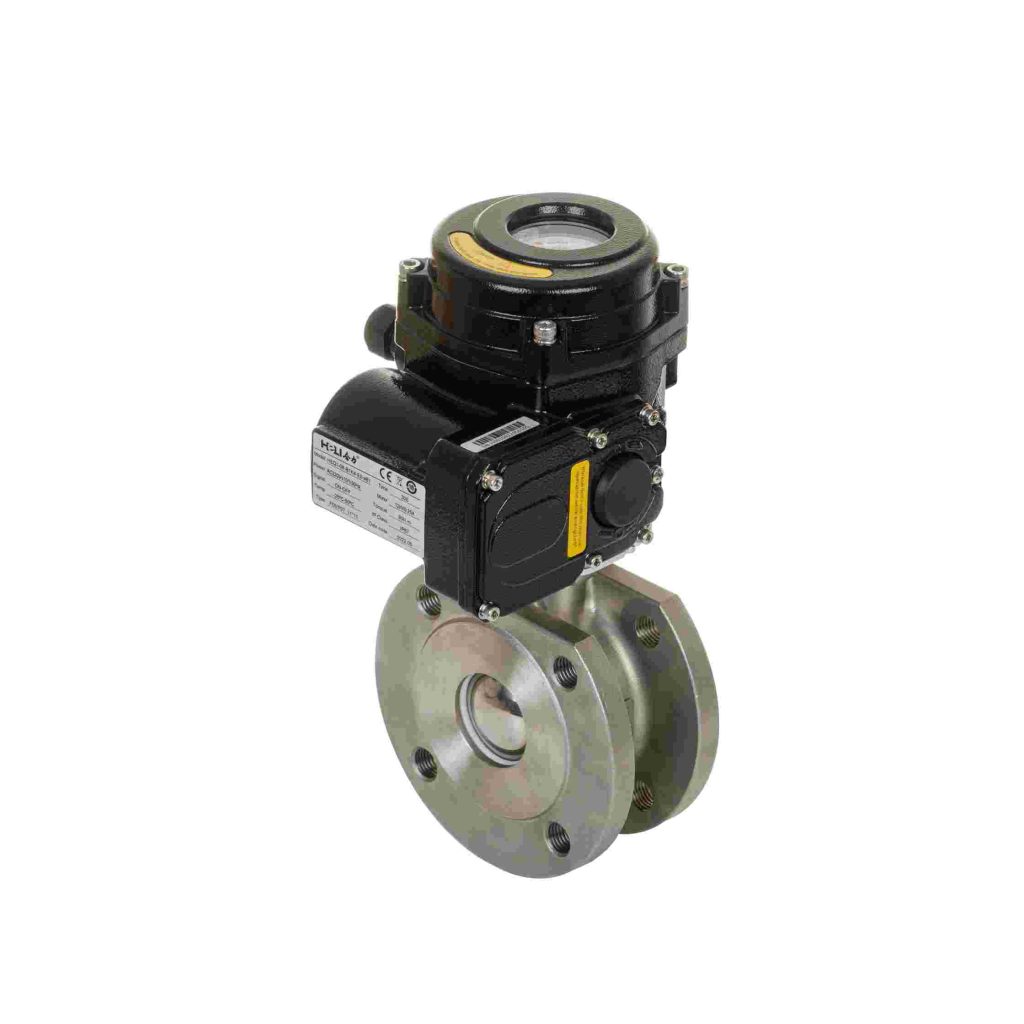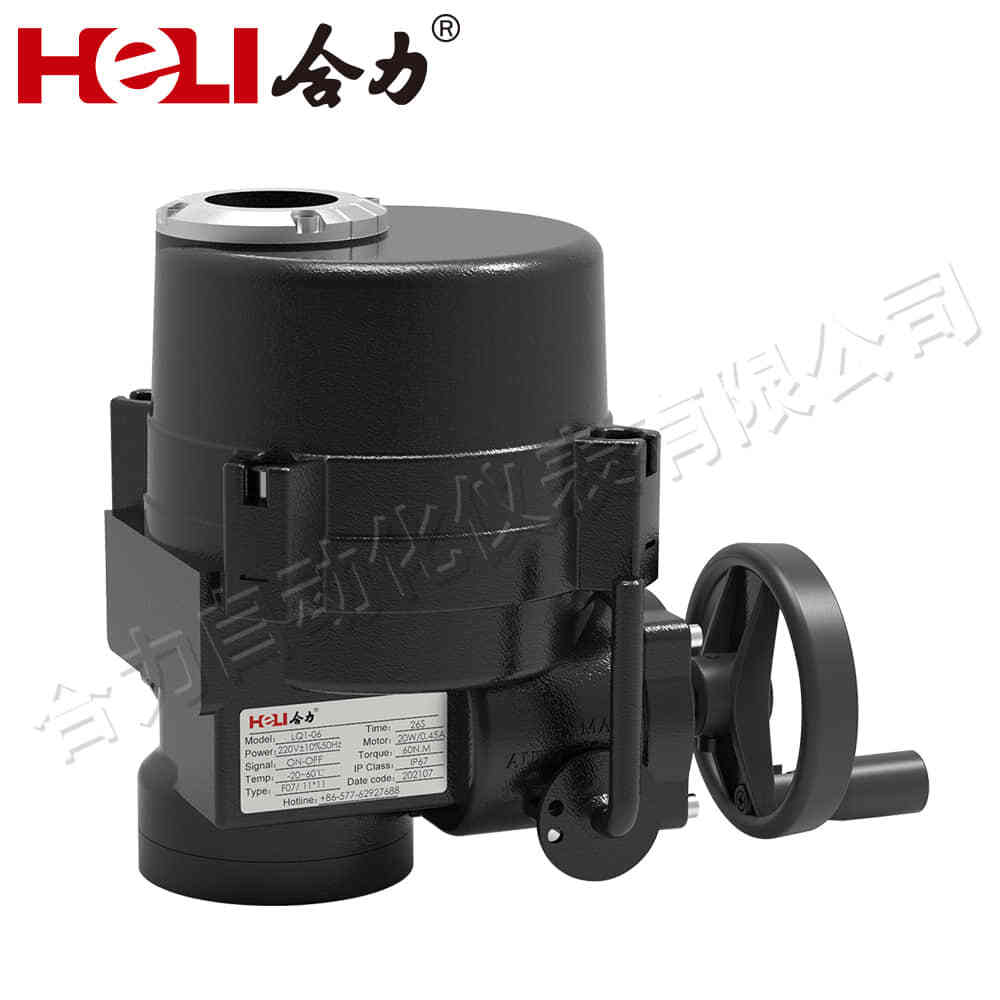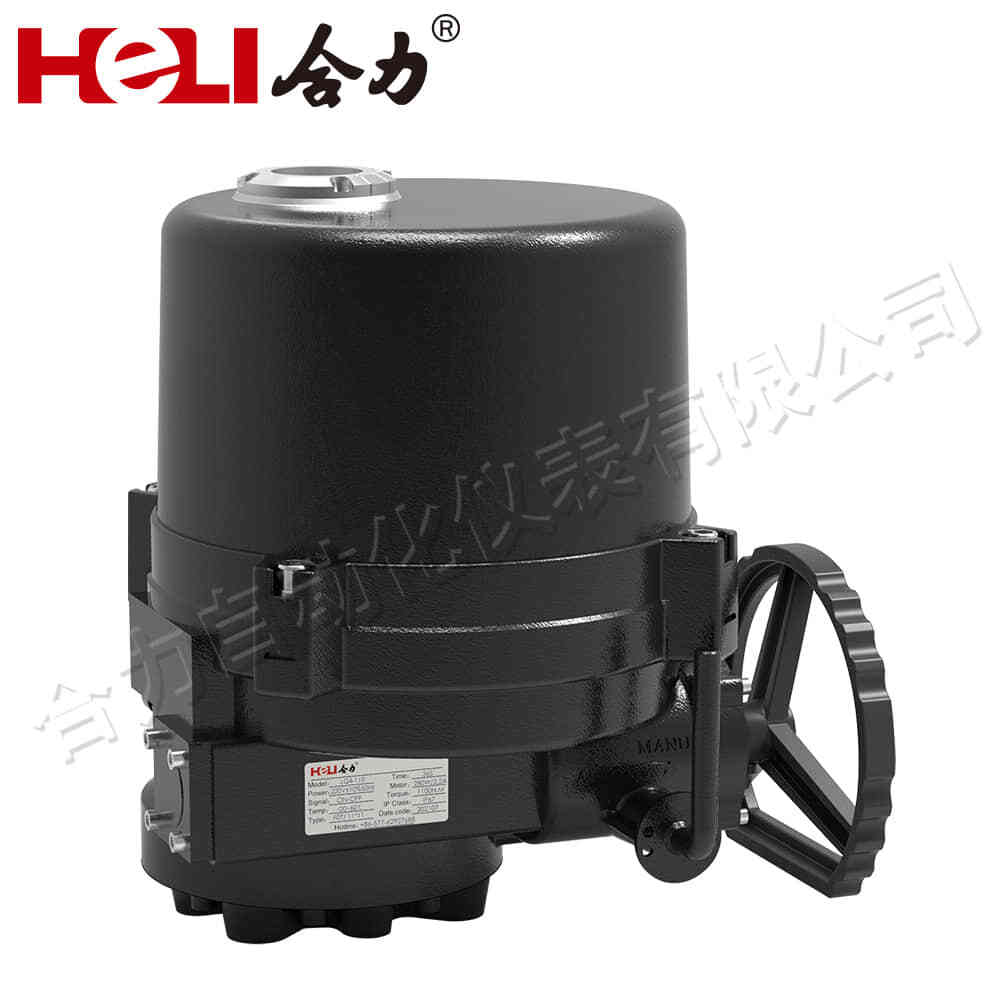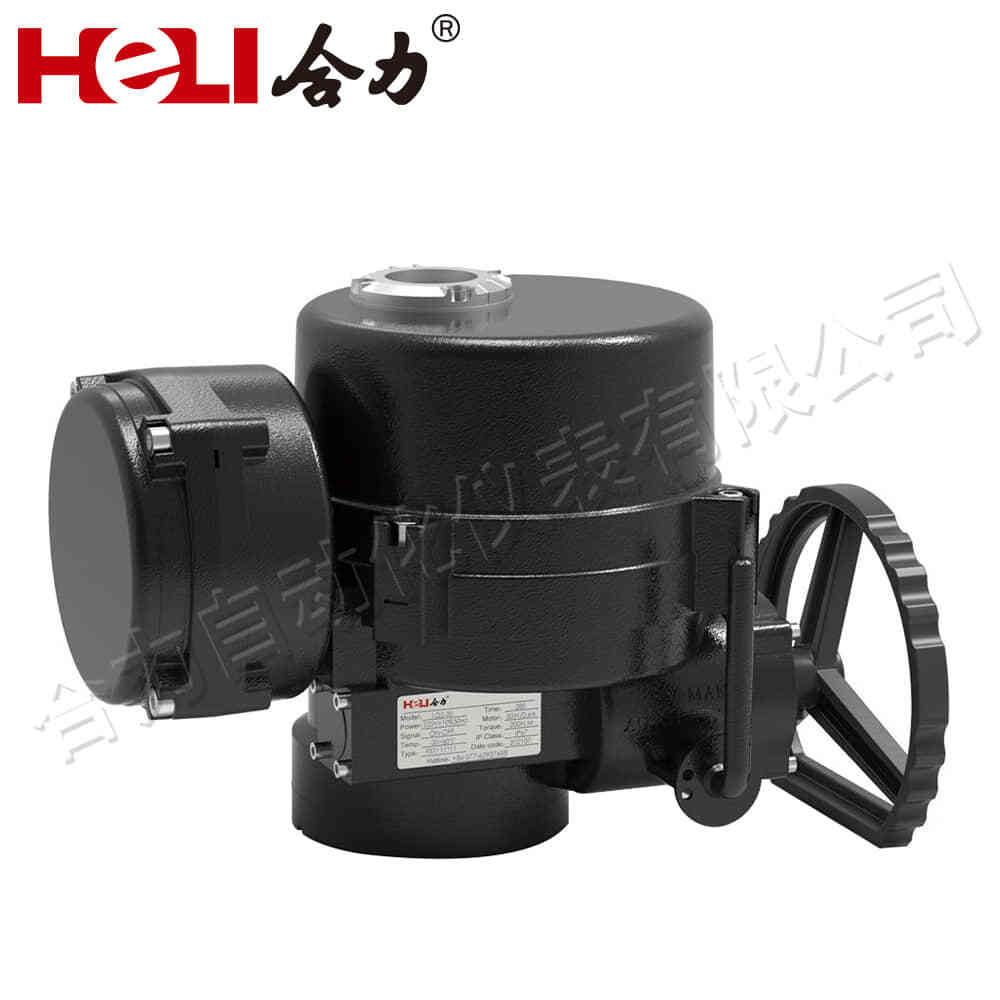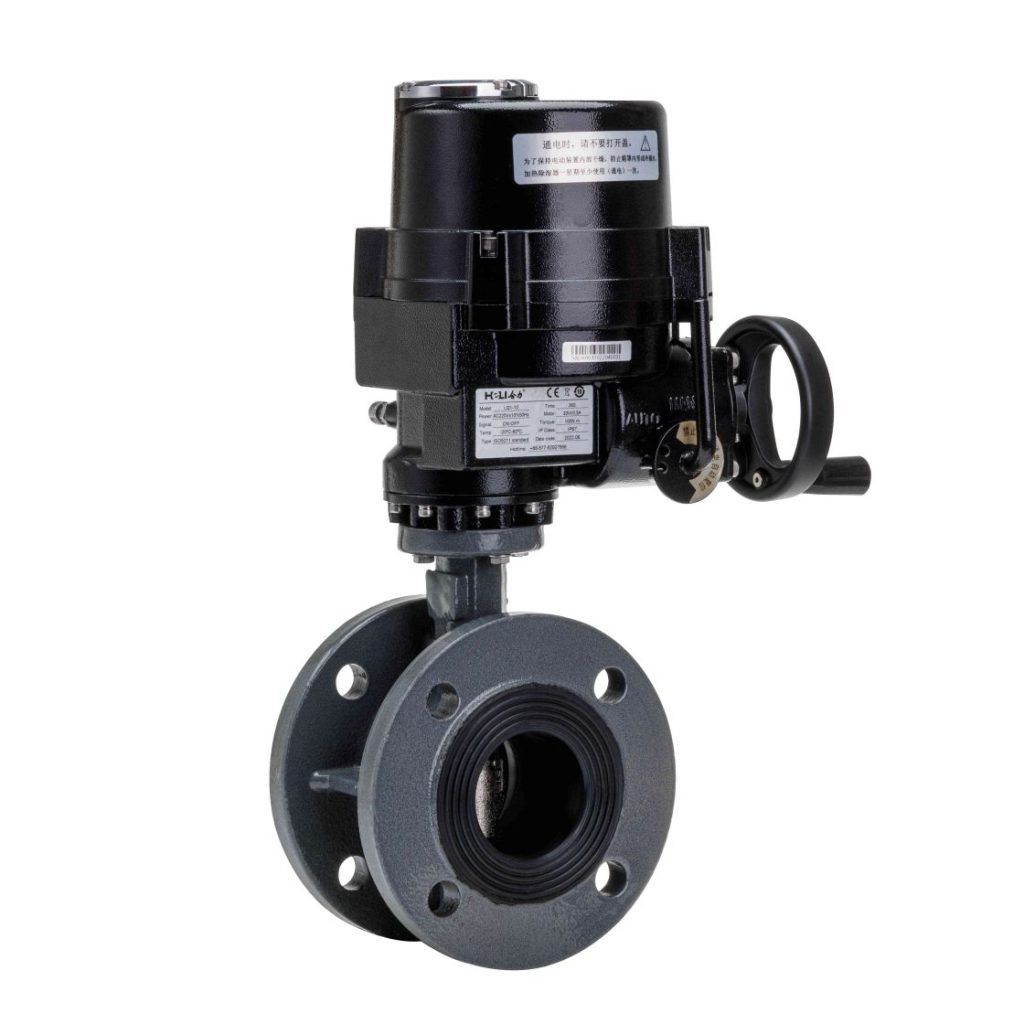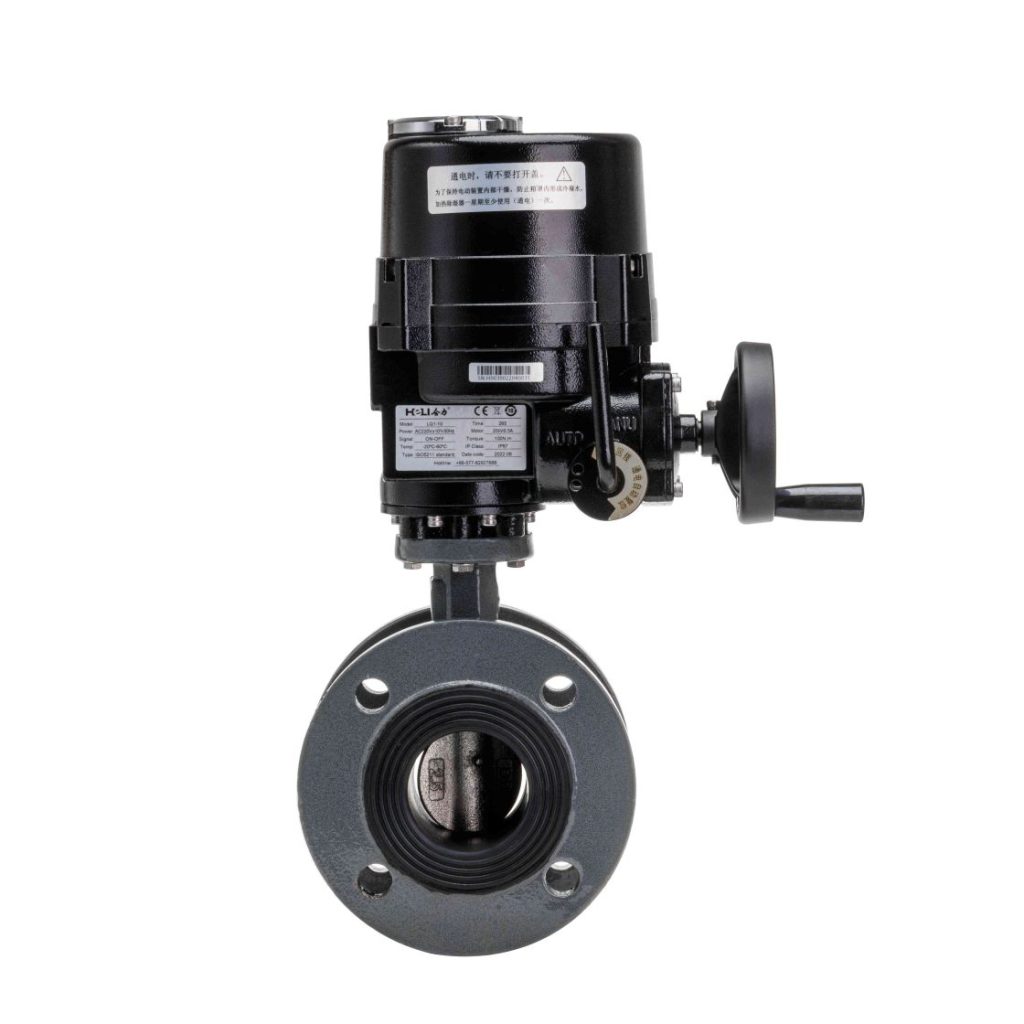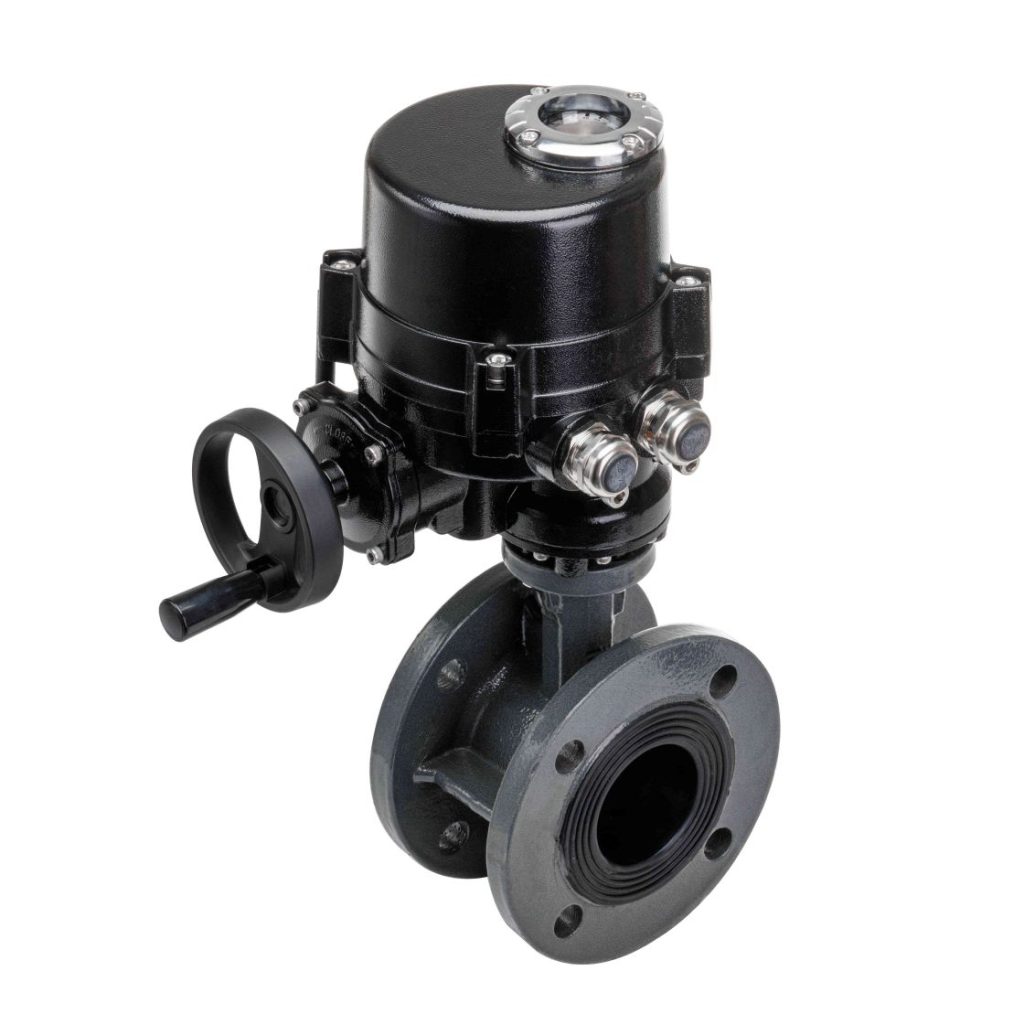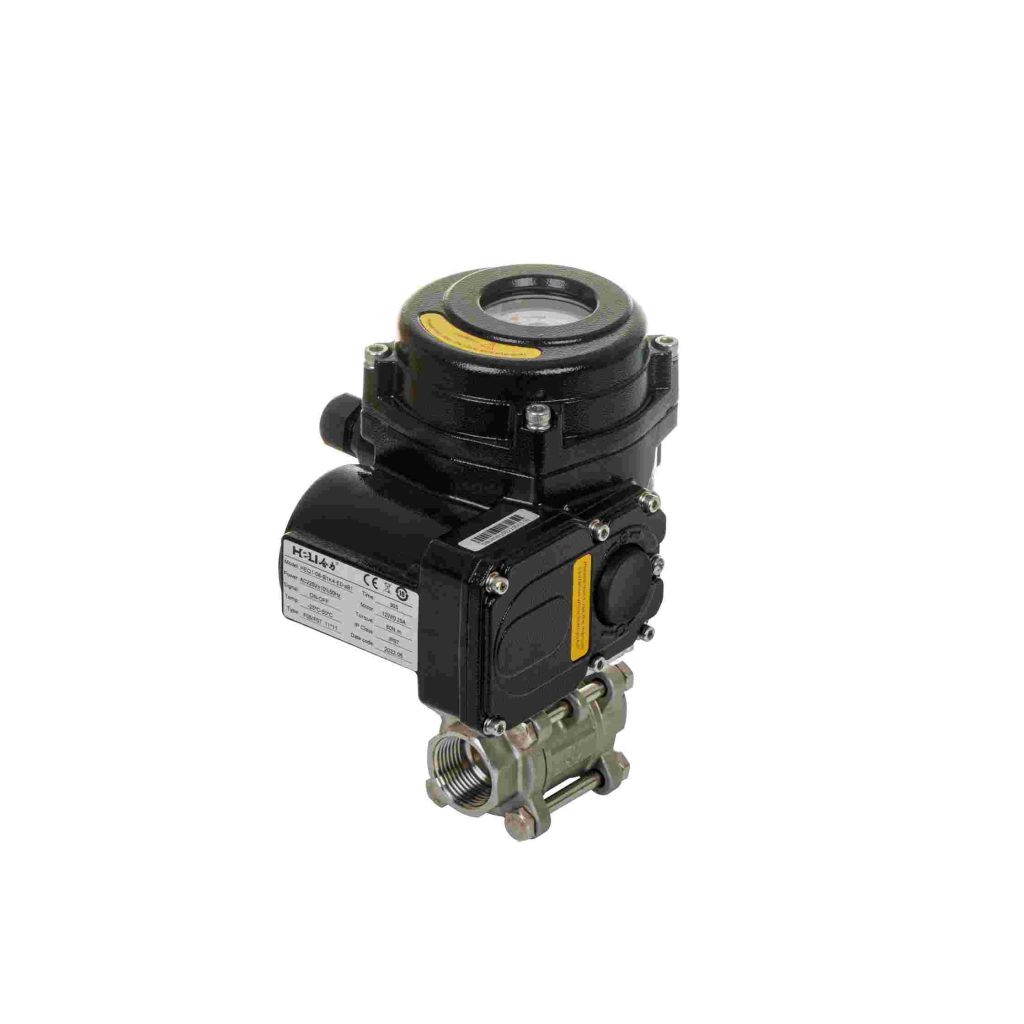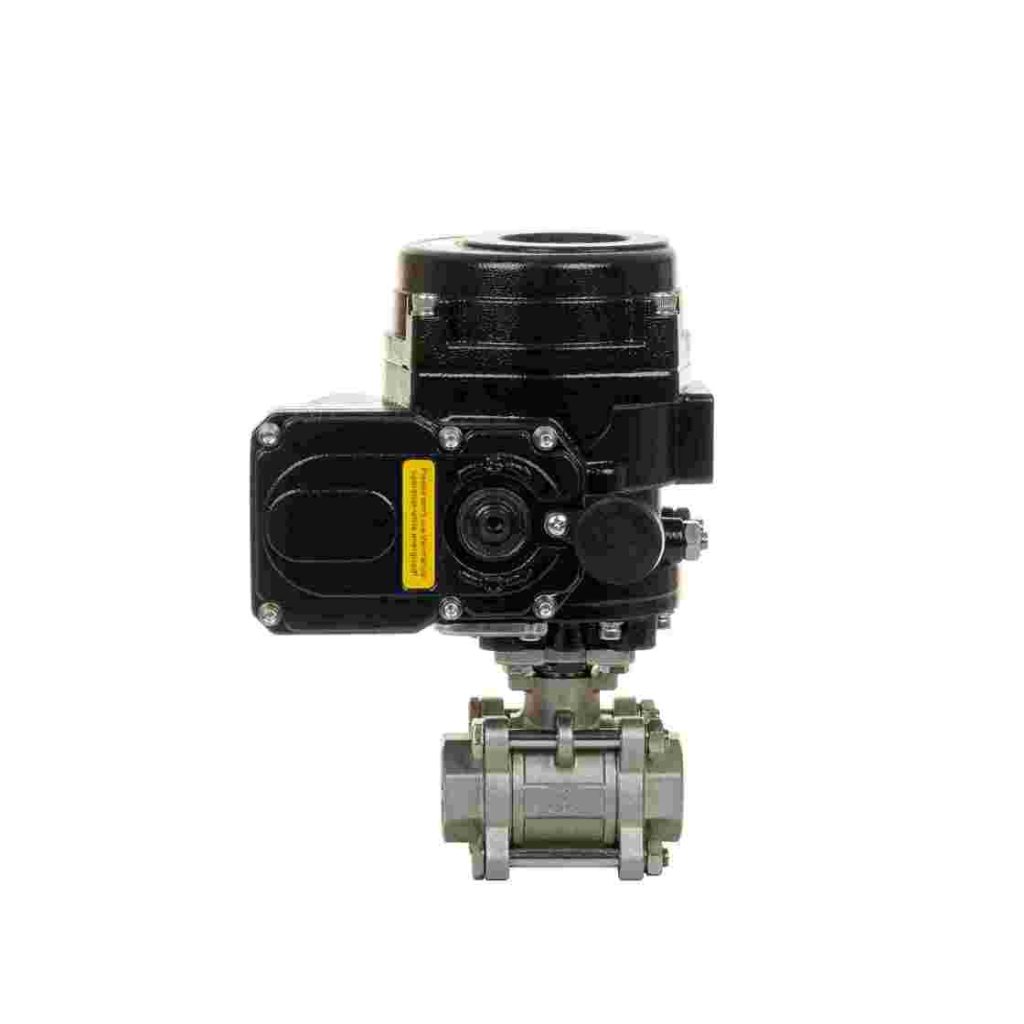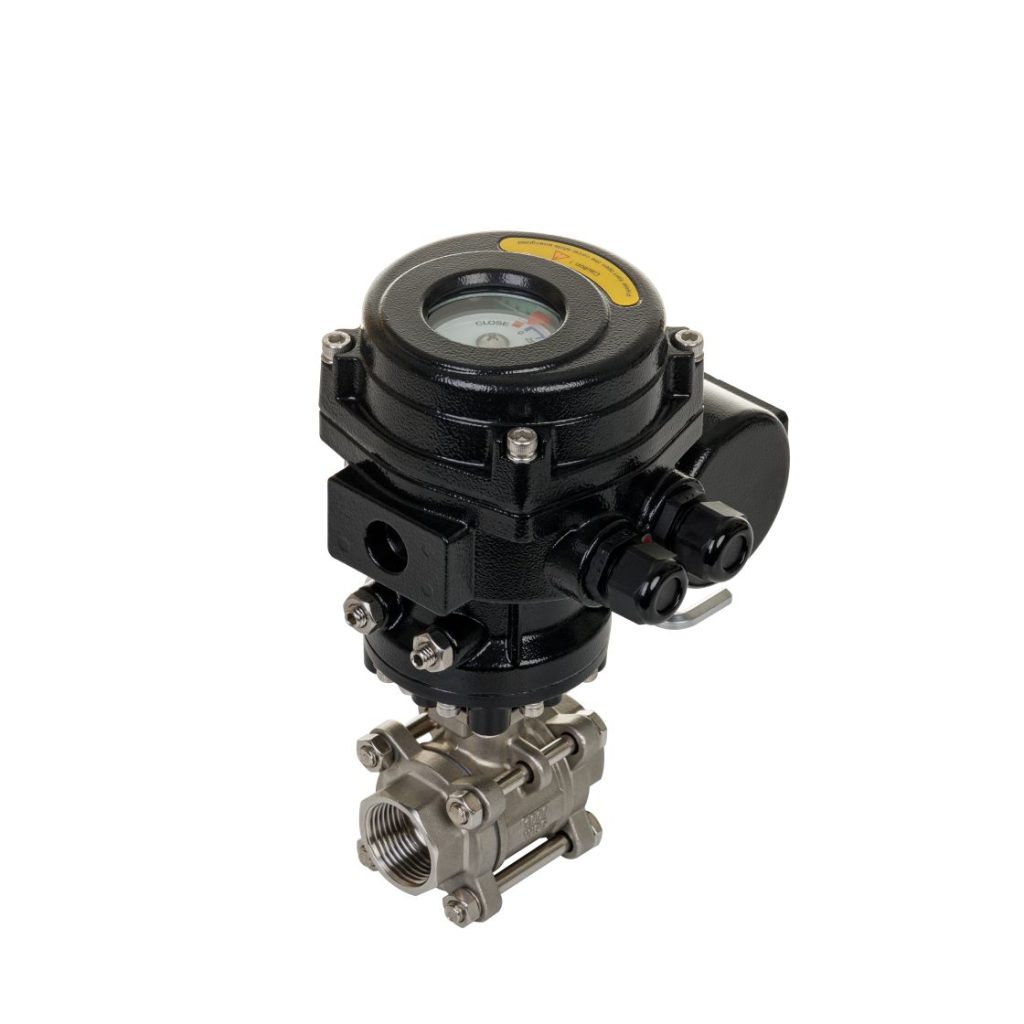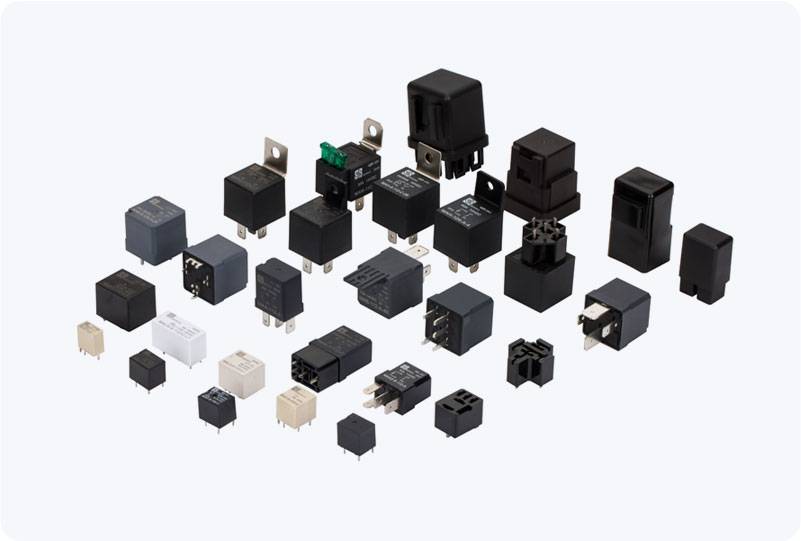Water flow control is an essential aspect of various industrial, agricultural, and domestic applications. Whether in irrigation systems, water treatment plants, or residential plumbing, regulating the flow of water ensures that resources are used efficiently and systems operate smoothly. Among the various types of valves used for this purpose, plastic water flow control valves have emerged as an effective and cost-efficient solution. This article explores the features, benefits, and applications of plastic water flow control valves, highlighting their importance in modern water management systems.
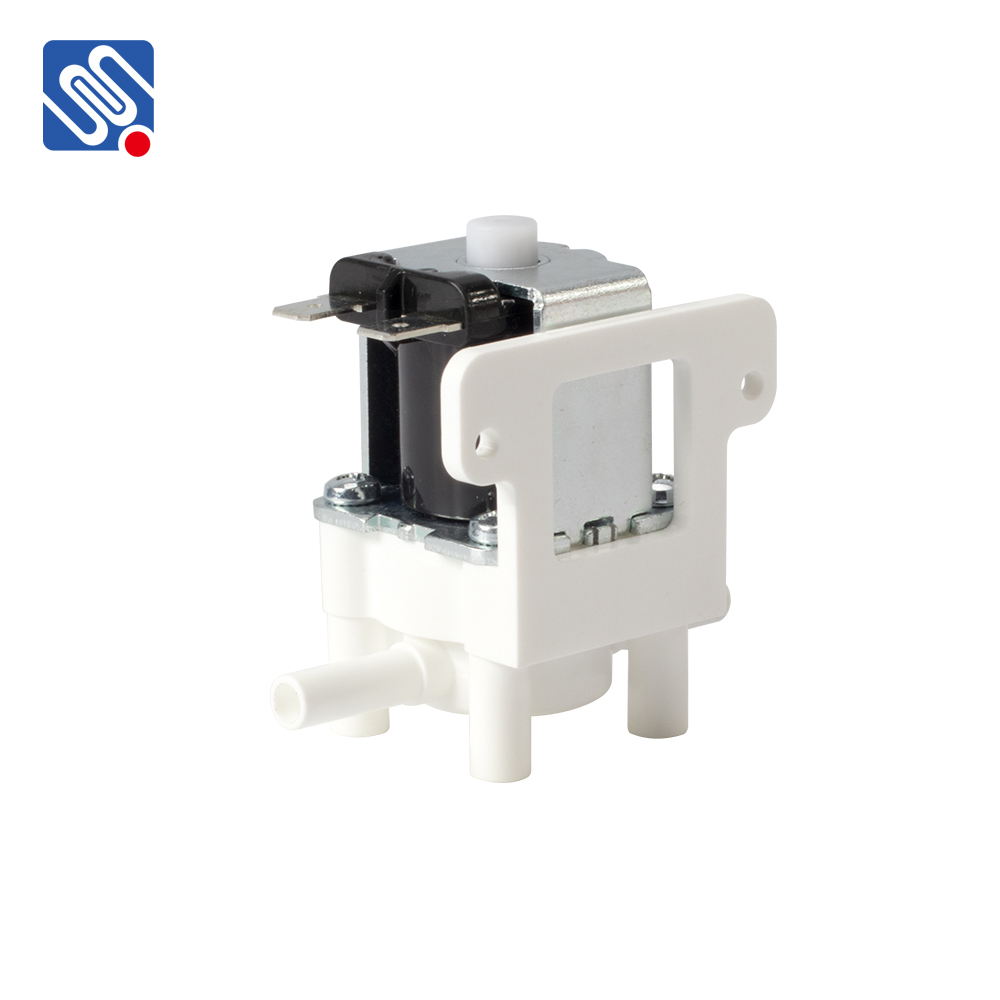
What is a Plastic Water Flow Control Valve? A plastic water flow control valve is a type of valve made from durable plastic materials such as PVC (Polyvinyl Chloride), PP (Polypropylene), or other corrosion-resistant plastics. These valves are designed to regulate the flow of water in various systems, controlling the rate at which water passes through pipes. The plastic construction of these valves offers a range of benefits, including resistance to corrosion, low weight, and cost-effectiveness, making them ideal for use in environments where chemical exposure or frequent water flow adjustments are required.
